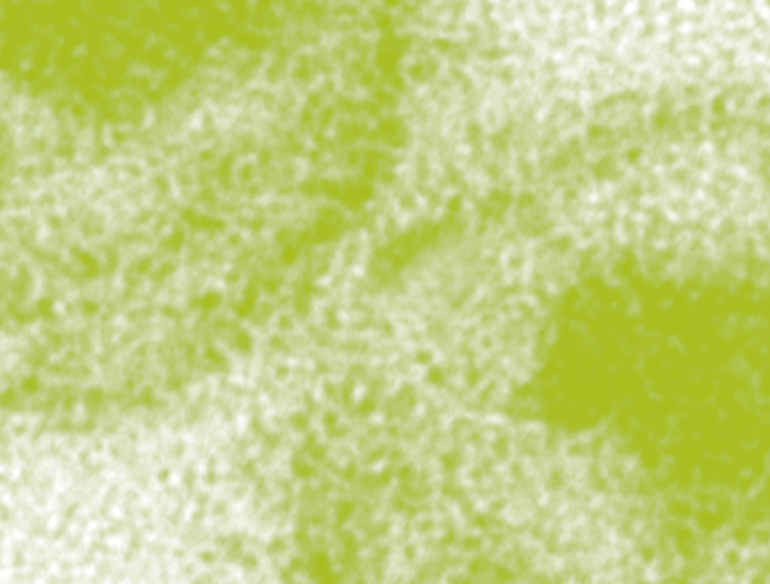- By the end of 1997, an estimated 30.6 million people were living with HIV/AIDS worldwide: 12.2 million women, 17.3 million men and 1.1 million children under the age of 15 years.
- It is now clear that treatment with one antiretroviral agent has had limited impact on HIV disease progression. In contrast, combination antiretroviral therapy, introduced in 1996, has had a substantial effect on the course of HIV disease.
- Use of highly active antiretroviral therapy (HAART), that is HIV treatment regimes with three or more antiretroviral agents including a protease inhibitor, has resulted in substantial reductions in the rate of progression to AIDS in people with HIV infection.
- A 70% reduction in the perinatal HIV transmission rate was reported among women with HIV infection who delivered by elective caesarean section.
- Studies were reported which addressed the interaction between the natural histories of HIV infection and hepatitis C virus (HCV) infection, and the effect of HAART on HCV viral load and HCV disease progression. No decline in HCV viral load was observed among HIV and HCV coinfected patients treated with HAART.
The Australian HIV Surveillance Report has been published on a quarterly basis from July 1990. Reports published from January 1994 are available below. Each report includes article(s) on topics of general interest in the epidemiology of HIV and related infections updates on the number of cases of newly diagnosed HIV infection and AIDS in Australia estimates of HIV incidence and prevalence among people seen through a network of sexual health clinics in Australia.
The Australian HIV Surveillance Update provides a brief summary of HIV and AIDS diagnoses in the most recent quarter, the most recent year and cumulative counts. The Australian HIV Surveillance Update was published separately prior to the July 2000 issue of the Australian HIV Surveillance Report. Updates post April 2000 are included in the Australian HIV Surveilance Report.
